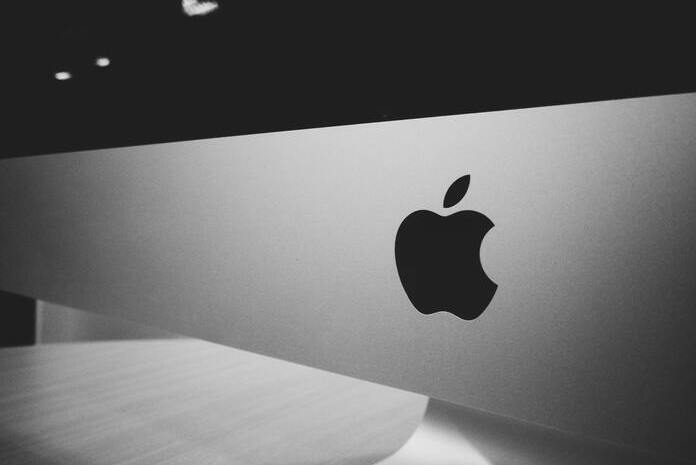With an impressive market capitalization nearing $3 trillion, Apple (NASDAQ:AAPL) stands as the world’s most valuable company, surpassing the gross domestic products of countries like France and Germany. Apple has achieved this remarkable status by cultivating a dominant luxury tech brand, driven by industry-leading products such as the iPhone, Mac, AirPods, and iPad, which have become cultural icons. Additionally, the company’s robust product ecosystem has transformed its Services business into a significant revenue contributor.
Despite a strong performance in 2023, the Cupertino-based tech giant, founded by Steve Jobs and currently led by Tim Cook, has entered 2024 on a downturn. Within the first two trading days, Apple stock has already experienced a decline of over 4% year-to-date. With some experts signaling potential further decline, investors face the decision of whether to secure profits on AAPL or view this dip as a buying opportunity. Let’s delve into the details.
What Prompted Barclays to Downgrade AAPL?
The recent sell-off in Apple’s stock was triggered by a New Year’s downgrade from Barclays. Analyst Tim Long now assigns an “Underweight” rating to AAPL, lowering the price target to $160 from $161—a new Street-low target implying over 13% expected downside from current levels. The accompanying note highlighted concerns about “lackluster” iPhone 15 sales and the potential negative impact of increased regulatory scrutiny on Apple’s high-margin Services business.
Notably, Barclays has maintained an equivalent of a “Hold” rating on AAPL since re-assuming coverage in 2019 when the stock was trading around $50 per share.
Addressing Concerns About Slower Revenue Growth at AAPL
Barclays is not alone in expressing apprehensions about revenue contraction at Apple. The tech giant recently reported its fourth consecutive quarter of declining revenue, a topic covered in a late-December Barron’s story. In the latest quarter, Apple reported net sales of $89.5 billion, down 0.7% from the previous year. While services revenues rose 16.3% to $22.3 billion, product revenues exhibited mixed performance, with notable weakness in wearables and Macs.
Additionally, concerns arise from Alphabet (NASDAQ:GOOGL) contributing up to $19 billion in Services revenue annually through its default search option on Safari—a deal currently under antitrust scrutiny, as per Barclays’ bearish note.
Sales from China during the fiscal fourth quarter remained flat year-over-year at $15.08 billion, intensifying worries about heightened competition from Huawei. The Chinese preference for Huawei, given its 5G capabilities, poses a challenge for Apple in a market where it holds only an 18% smartphone market share, compared to its more mature 42% footprint in the U.S.
Recent reports of the Chinese government banning its workers from using iPhones add to concerns that Apple’s products could be entangled in escalating trade tensions between the U.S. and China.
Challenges persist for Apple’s struggling wearables business, exacerbated by a failed bid to delay a holiday-season import ban on the Apple Watch, which was found to infringe on intellectual property developed by Masimo (MASI).
What Are Wall Street’s Expectations for Apple Stock?
Looking ahead, Wall Street anticipates AAPL to report a modest revenue growth of 3.6% to $397 billion for the fiscal year, with an expected rise of 7.7% in EPS to $6.60. Currently valued at 28x forward EPS, Apple’s stock appears reasonably priced compared to its tech sector peers, though the 7.27x forward sales multiple might be considered somewhat elevated.
On the positive side, AAPL offers a stable 0.52% dividend yield, supported by a decade of consistent growth, a low 15% payout ratio, and a substantial cash reserve.
Despite Barclays’ caution, the majority of analysts express a more optimistic view of the stock. The consensus rating is a “Moderate Buy” among 28 analysts, including 17 “Strong Buys,” 3 “Moderate Buys,” and 8 “Holds.” The average 12-month price target stands at $205.79, suggesting an expected upside of 11.7% from the current levels.
Featured Image: Pexels



